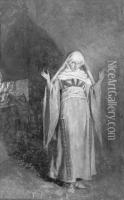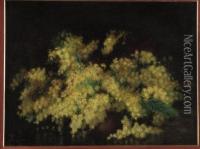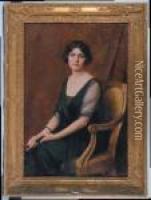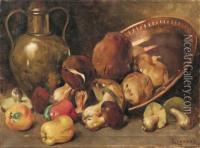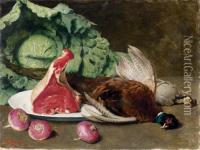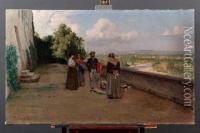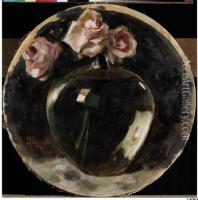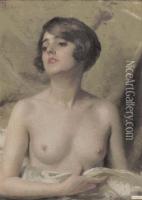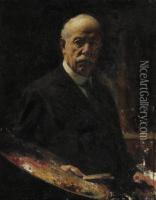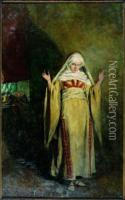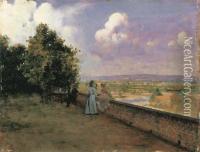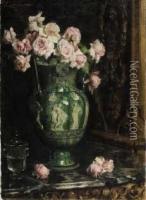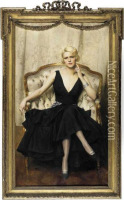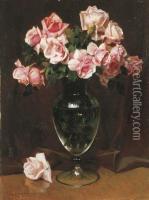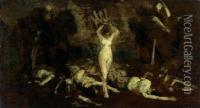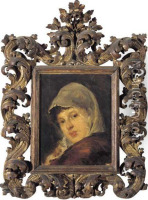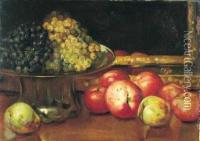Giacomo Grosso Paintings
Giacomo Grosso was an Italian painter known for his historical and genre scenes, as well as for his portraits. Born on March 5, 1860, in Cambiano, Italy, Grosso initially studied at the Albertina Academy in Turin. He later moved to Rome, where he was influenced by the work of Antonio Mancini and the group of painters known as the Macchiaioli, who were known for their bold brushwork and attention to light and color.
During his career, Grosso became a prominent figure in Italian academic painting, and he was recognized for his ability to blend traditional techniques with a more modern sensibility. His works often featured dramatic themes and were characterized by their rich textures, sensual elegance, and meticulous attention to detail. Many of his paintings depicted women in luxurious settings, reflecting the aesthetics of the Belle Époque.
Grosso was also a respected teacher and served as a professor at the Albertina Academy, where he had once been a student. His influence extended to his students, and he played a significant role in the development of Italian art in the late 19th and early 20th centuries.
The artist participated in numerous exhibitions, both in Italy and abroad, and he was awarded various honors for his work, including a gold medal at the Paris Exposition Universelle in 1900. Despite his success, Grosso's work fell out of favor in the mid-20th century as tastes shifted towards modernism and away from the academic style.
Giacomo Grosso passed away on May 31, 1938, in Turin. His legacy is preserved in his paintings, which continue to be appreciated for their technical skill and evocative portrayal of an era. Today, his works can be found in collections and museums across Italy and Europe, offering a window into the romantic and opulent world of his time.
